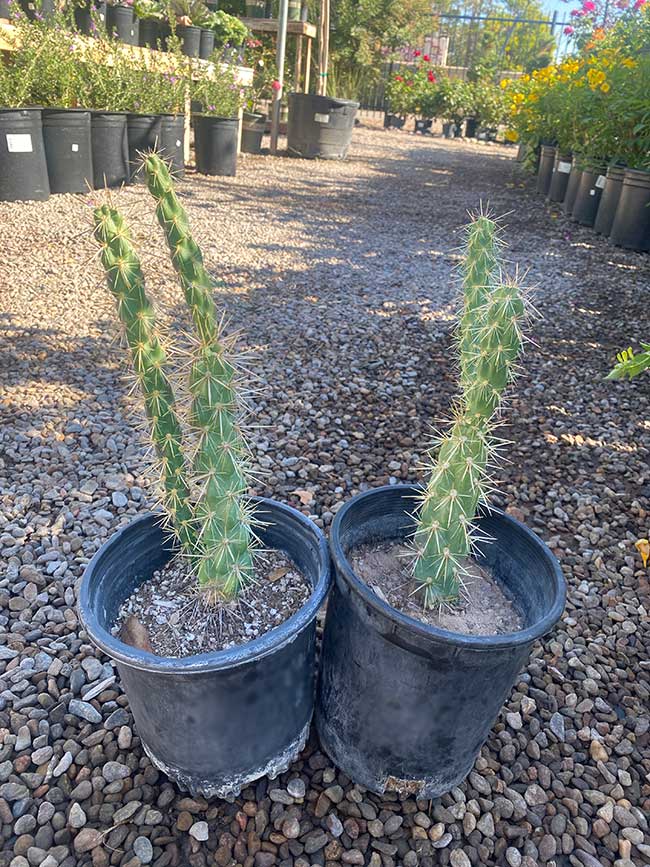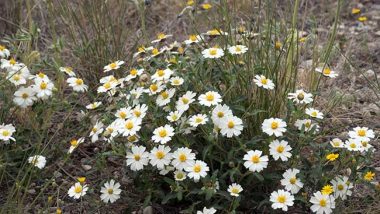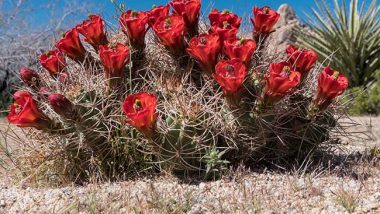Last updated on November 16th, 2025 at 09:12 am
The Ultimate Guide to Growing Cholla Cactus: Secrets for Success
Cylindropuntia is a genus of cacti (family Cactaceae). How to grow Cholla Cactus. Ever thought about adding a bit of Desert to your garden? The cholla cactus, with its unique and striking appearance, offers just that. Perfect for both indoor and outdoor spaces, this resilient plant brings a touch of nature’s rugged beauty to any setting. Its distinctive spiny stems create visual interest and serve as a conversation starter for plant enthusiasts and novices alike. But why choose the cholla cactus? Simple. It’s low maintenance, thrives in dry conditions, and adds a unique flair that’s hard to match. In this post, you’ll learn how to nurture your cholla cactus to make it flourish, whether you’re a seasoned gardener or just starting out. Let’s embark on this journey to transform your space with the charm of the cholla.

How to grow Cholla Cactus
Cholla cacti, a striking symbol of the desert, are more than just their intimidating spines. They are a testament to nature’s ability to thrive in harsh conditions. These intriguing plants are both beautiful and practical, offering a fascinating glimpse into survival strategies in arid environments. Let’s explore where these cacti call home and what makes them stand out in the plant world.
Native Habitat
Cholla cacti are native to the arid regions of the southwestern United States and northern Mexico. You can find them across deserts like the Sonoran, Mojave, and Chihuahuan. They have adapted to hot, dry climates where daytime temperatures soar and water is scarce. In these habitats, chollas play a crucial role in the ecosystem by providing shelter and food for wildlife.

These cacti prefer well-drained, sandy, or rocky soils where water doesn’t linger for long. As part of their survival tactics, they can withstand extreme heat and intense sunlight, which would easily wither less hardy plants. Chollas, therefore, are ideally suited to desert gardening or landscapes that experience drought conditions.
Cholla Have Unique Characteristics
Cholla cacti are known for their unique appearance. Their cylindrical stems are covered with fierce spines that detach easily, a clever defense mechanism not just against predators but also a way to propagate. When these spines latch onto passing animals or objects, they help disperse pieces of the cactus to new areas, where they can root and grow.
These cacti have a tree-like growth habit with some species reaching up to 15 feet tall. They exhibit a range of colors, from green to grayish tones, often appearing as if they’re lit from within under the bright desert sun. Come spring and early summer, chollas produce vibrant flowers in shades of yellow, pink, or red, adding a splash of color to the arid landscape. Later, these blooms give way to fleshy, sometimes spine-covered fruits that contain numerous seeds, each holding the promise of new life.
In the desert garden, cholla cacti serve as both a conversation piece and a practical choice for gardeners looking to conserve water. Their resilience and striking appearance make them an attractive option for those looking to mimic the natural elegance of the desert in their own backyards.
Choosing the Right Location
Identifying the best spot to plant your cholla cactus is crucial to its health and growth. This cactus is unique, thriving under conditions many other plants can’t tolerate. With its roots deep in desert origin, cholla has specific needs when it comes to sunlight and soil. Ensuring you meet these needs sets the stage for a thriving cactus.

Sunlight Requirements
Cholla cacti are sun-seekers, needing plenty of light to flourish. Bright, direct sunlight is essential. Aim for at least six hours of full sun every day. Think of the cholla as a solar-powered warrior; the more sunlight it absorbs, the more energy it stores. Without enough light, these cacti won’t produce vibrant flowers or maintain robust growth.

If you’re considering an indoor location, choose a south or west-facing window where sunlight is abundant. For outdoor planting, a spot with uninterrupted sun exposure ensures they thrive. Avoid shaded areas, as these can lead to spindly growth and poor health. Remember, in the battle for sunlight, the cholla is no couch potato; it demands the spotlight to shine.
Soil Conditions
Cholla cacti have a love affair with well-drained soil. Excellent drainage is non-negotiable, as standing water is their arch-nemesis. Think of the soil as the cactus’s lifeline; poor draining soil is like trying to breathe through a straw. In their natural habitat, chollas thrive in sandy or rocky soils where water drains quickly.
Creating the ideal soil mix involves a blend that mimics their desert home. Consider mixing equal parts sand and potting soil, or use a commercial bag of cactus mix. These options provide the right balance of nutrients and drainage. You might also mix in some gravel or pumice to boost drainage further—even a touch of bark to keep things airy.
Can they be Grown in Pots?
Yes, they can, you need to ensure the pot has drainage holes to allow excess water to escape. This prevents root rot and keeps your cholla healthy. Outdoors, raised beds or slopes can enhance drainage, providing a perfect environment for your cactus to dig in and reach for the sky. It is best to use Cactus Mix when potting Cholla Cactus in a container.
Pests on Cholla Cactus
Yes, they are suscetible to Mealybugs and Cochineal
More on the Cholla Cactus at Wikipedia.

Greenhouse Manager, Master Gardener, and Webmaster.
If you have any questions or enjoyed this post, feel free to share your thoughts in the comments below.


